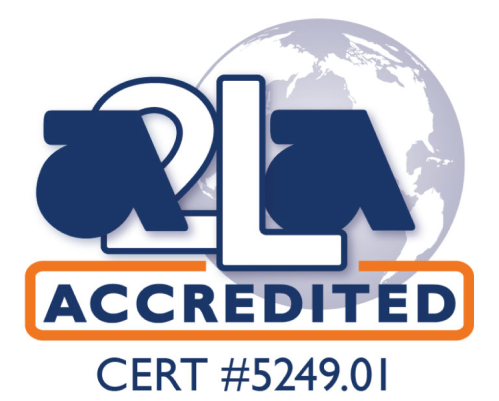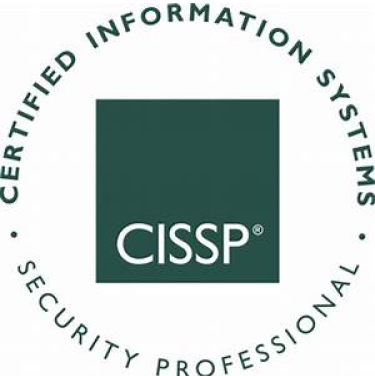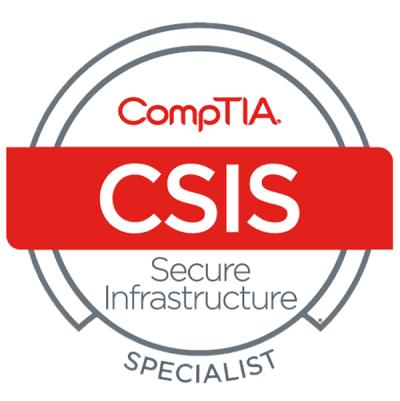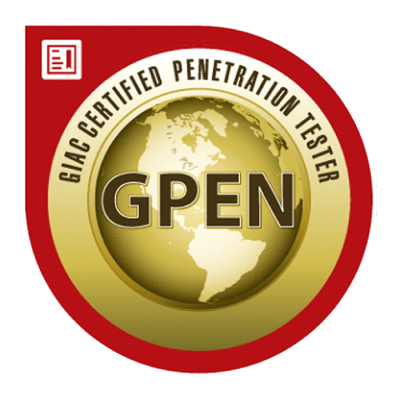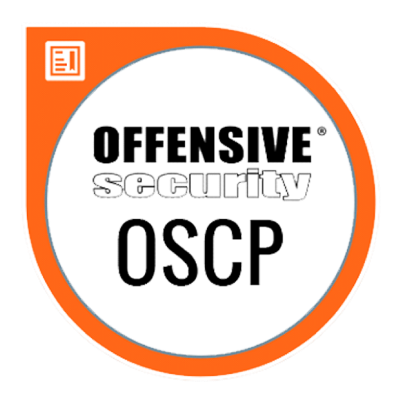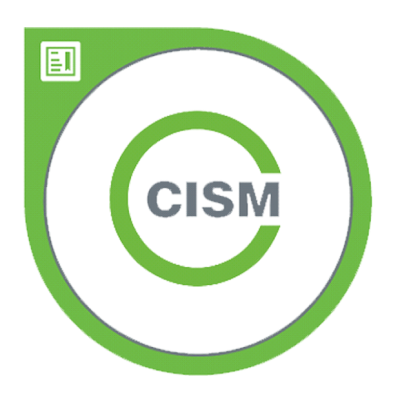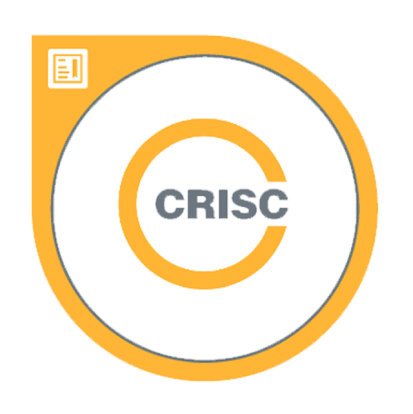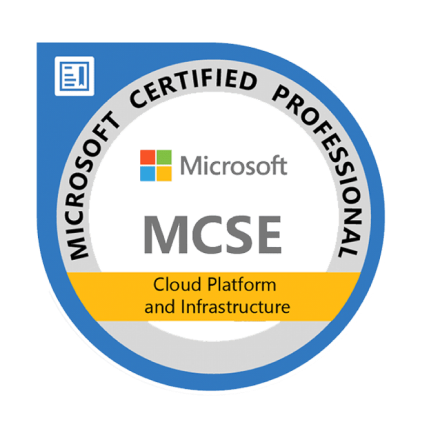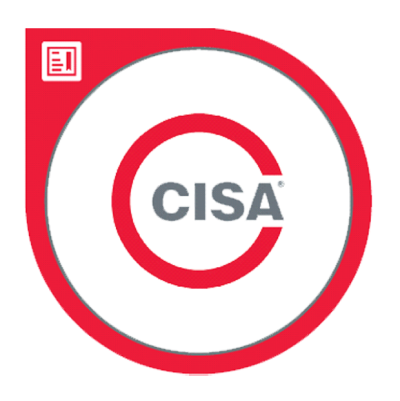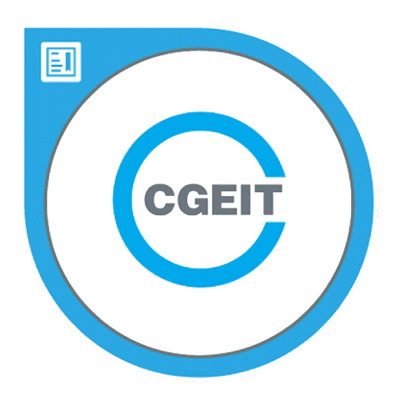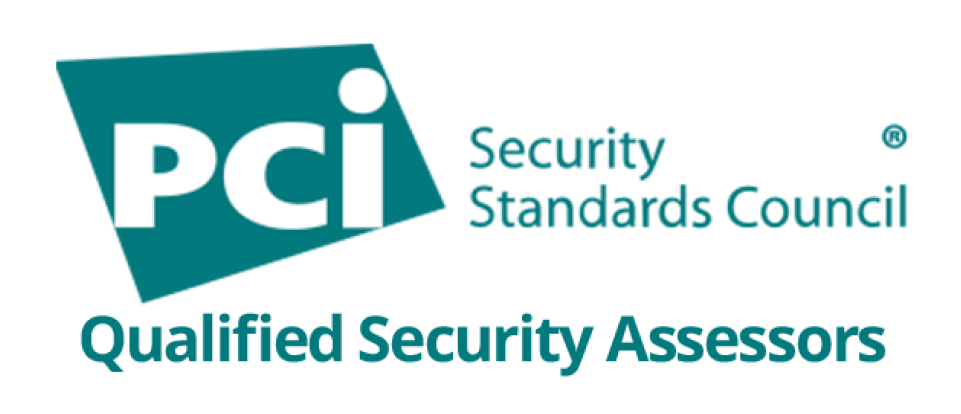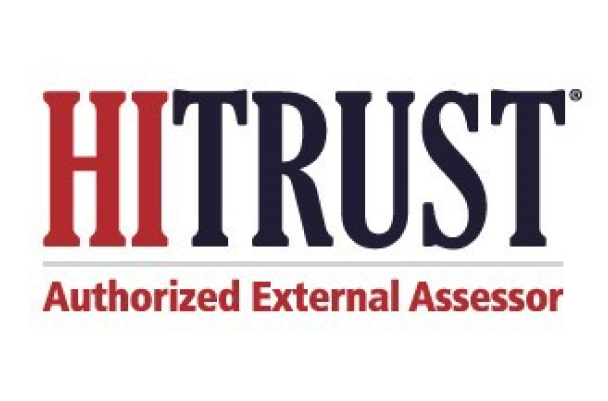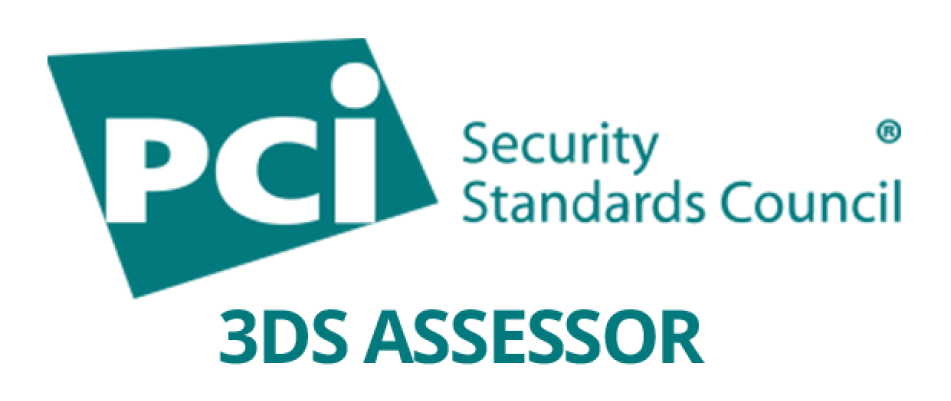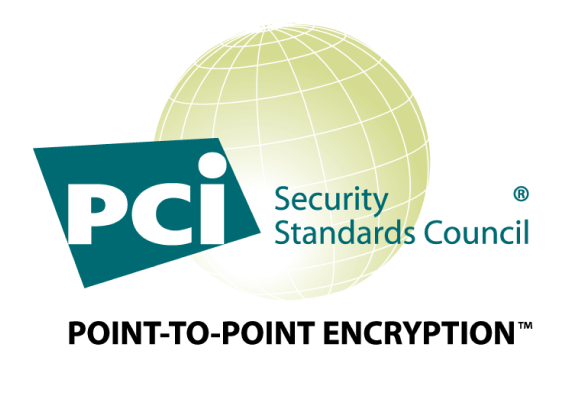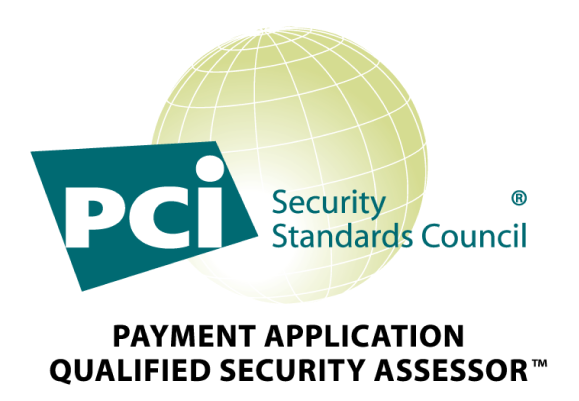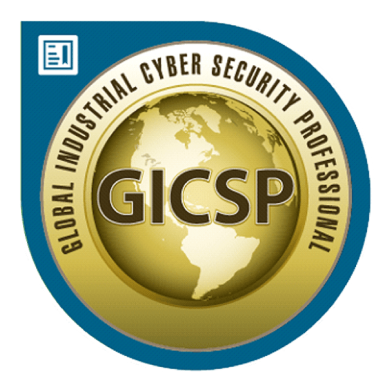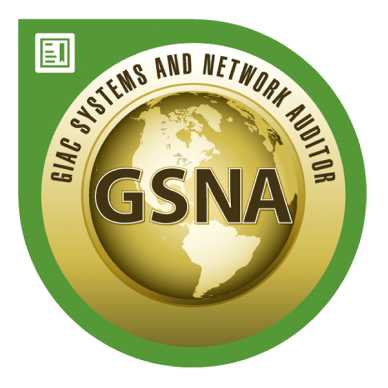HITRUST Assessment
As a HITRUST Certified External Assessor, we provide expert HITRUST assessment and certification services, including readiness, gap analysis, and validated assessments. We help healthcare, SaaS, and fintech organizations meet HITRUST CSF requirements and achieve secure, efficient compliance.
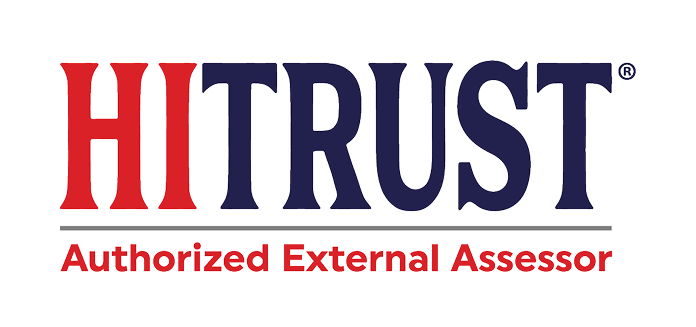
What is HITRUST?
Originally based on NIST 800-53 and HIPAA standards, the HITRUST CSF has evolved into a comprehensive, risk-based security and compliance framework that incorporates multiple industry standards, helping organizations reduce risk, improve reporting consistency, and lower compliance costs by centralizing relevant evidence in a single location, which can also support future certifications and audits.
Today, HITRUST assessments extend far beyond healthcare, supporting organizations across finance, technology, and other regulated sectors. By unifying multiple compliance frameworks into a single assessment process, HITRUST allows organizations to collect evidence once and report across multiple requirements, fulfilling its mission to “Audit Once, Assess Many.” Recognized as an industry-leading certification, HITRUST strengthens security, streamlines compliance, and demonstrates trusted adherence to regulatory standards.

e1 Assessment
(Essentials, 1-year):
Entry-level assurance, focused on a curated set of foundational controls (~44 controls) for organizations with lower risk.

i1 Assessment
(Implemented, 1-year):
Moderate level assurance, includes controls from e1 plus additional “leading practice” controls (~182 requirement statements).

r2 Assessment
(Risk-based, 2-year):
Highest level assurance, tailored to organization’s risk profile and regulatory needs; control set is dynamic and typically much larger. Certified for two years pending a single interim-assessment
HITRUST Certification: Streamlined Compliance for All Industries
As of HITRUST CSF version 9.2, HITRUST assessments extend beyond healthcare and now support organizations across finance, technology, and other regulated industries. These assessments integrate local, federal, and international data standards to provide a comprehensive, risk-based compliance framework.
Identified deficiencies are addressed through Corrective Action Plans (CAPs), offering a clear roadmap to strengthen your security posture and enable continuous improvement. By harmonizing existing controls, regulatory requirements, and third-party standards, HITRUST allows organizations to streamline compliance efforts while earning an industry-recognized certification that demonstrates trusted risk management and adherence to best practices.
HOW IT WORKS
HITRUST Assessment Process
Internal Project Scoping
Selection of HITRUST Model
Selection of the Assessment Report Type
It is the choice of your company to decide the scope and severity of the HITRUST CSF. These types include:
Security (75 Requirement Statements)
Security + Privacy (75 Requirement Statements + 21 Privacy Statements)
Comprehensive Security (135 Requirement Statements)
Comprehensive Security + Privacy (135 Requirement Statements + 21 Privacy Statements)
MegaplanIT Holdings LLC. will be able to assist and guide you through this process.
Submission to MegaplanIT Holdings
Submission to MegaplanIT Holdings ensures that all appropriate fields are populated. This includes the overview and scope, the management representation letter, and other client-provided documentation.
Submission to HITRUST
Assignment of rank to Requirement statements
HITRUST CSF is a risk-based assessment which over requirement statements have five main control area maturity scores, these will be assigned via the assessed entity:
Policy: Overall intention and direction as formerly expressed by management.
Procedure: Detailed steps to achieve the goals of policy.
Implementation: Deployment as applicable to the environment. Measured: How the control is monitored for effectiveness, metrics generated by the organization.
Managed: How the control is updated and changed as needed by the measured effectiveness.
Submission of artifacts to the Assessor
Submission to HITRUST
Receiving The Report
Internal Project Scoping
Selection of HITRUST Model
Selection of the Assessment Report Type
It is the choice of your company to decide the scope and severity of the HITRUST CSF. These types include:
Security (75 Requirement Statements)
Security + Privacy (75 Requirement Statements + 21 Privacy Statements)
Comprehensive Security (135 Requirement Statements)
Comprehensive Security + Privacy (135 Requirement Statements + 21 Privacy Statements)
MegaplanIT Holdings LLC. will be able to assist and guide you through this process.
Submission to MegaplanIT Holdings
Submission to MegaplanIT Holdings ensures that all appropriate fields are populated. This includes the overview and scope, the management representation letter, and other client-provided documentation.
Submission to HITRUST
Assignment of rank to Requirement statements
HITRUST CSF is a risk-based assessment which over requirement statements have five main control area maturity scores, these will be assigned via the assessed entity:
Policy: Overall intention and direction as formerly expressed by management.
Procedure: Detailed steps to achieve the goals of policy.
Implementation: Deployment as applicable to the environment. Measured: How the control is monitored for effectiveness, metrics generated by the organization.
Managed: How the control is updated and changed as needed by the measured effectiveness.
Submission of artifacts to the Assessor
Submission to HITRUST
Receiving The Report
KEY BENEFITS
The Value of HITRUST Compliance with MegaplanIT
Clear and concise reporting and scoping ensures that all standards for your organization are organized and easy to reach.
Realize cost savings with a single audit point and auditor to prevent identical team meetings and/or resource drains. HITRUST CSF audits feature scalability from large corporations to smaller single office businesses as the risk based assessments allows for integrated and harmonized requests derived from multiple authoritative sources.
The HITRUST reporting certification is updated as needed: As standards and regulations change, HITRUST adjusts its requirements to maintain the most up to date specifications for local, federal, and third-party regulations. HITRUST also updates based on industry trends and breach reports to give the most accurate and applicable assessments.
HITRUST as a Risk Management Framework (RMF) allows your organization to cultivate an information security governance program based on the risks your company is taking as opposed to a strict set of standards to be followed. Prescriptive controls are followed as needs from industry to industry vary and ensures that safeguards are “reasonable and appropriate”: (General, Organization, Geographical, System, and Regulatory)
Regulatory risk factors from other frameworks are taken into account for a comprehensive assessment. This approach supports a single, unified assessment across multiple compliance frameworks and regulations, rather than conducting separate assessments.

Make Our Team, Your Team!
Our innovative IT security and compliance solutions are designed to deliver customized, cost-effective service on time—because your priorities are our priorities. With a highly qualified team of qualified team of PCI Assessors, and Information Security Consultants here at MegaplanIT, we will assess your unique company and business environment and design a path to security that will fit all of your needs.
